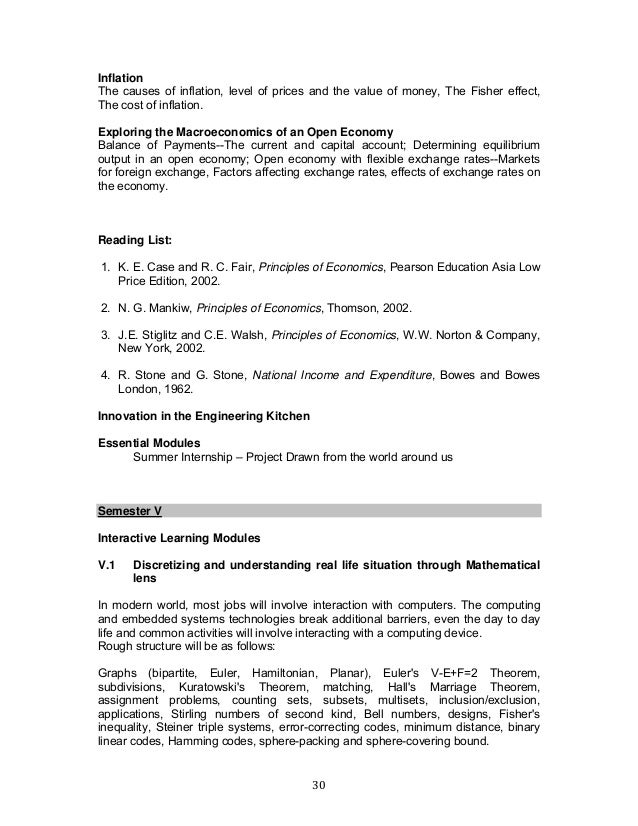Sql Effects Clarity Ce Edition Definition
NoteUnique nonclustered indexes cannot be created online. This includes indexes that are created due to a UNIQUE or PRIMARY KEY constraint.ONLong-term table locks are not held for the duration of the index operation. During the main phase of the index operation, only an Intent Share (IS) lock is held on the source table.
This enables queries or updates to the underlying table and indexes to proceed. At the start of the operation, a Shared (S) lock is held on the source object for a very short period of time.



At the end of the operation, for a short period of time, an S (Shared) lock is acquired on the source if a nonclustered index is being created; or an SCH-M (Schema Modification) lock is acquired when a clustered index is created or dropped online and when a clustered or nonclustered index is being rebuilt. Although the online index locks are short metadata locks, especially the Sch-M lock must wait for all blocking transactions to be completed on this table. During the wait time the Sch-M lock blocks all other transactions that wait behind this lock when accessing the same table. ONLINE cannot be set to ON when an index is being created on a local temporary table. NoteOnline index rebuild can set the lowprioritylockwait options described later in this section.
Lowprioritylockwait manages S and Sch-M lock priority during online index rebuild.OFFTable locks are applied for the duration of the index operation. This prevents all user access to the underlying table for the duration of the operation. An offline index operation that creates, rebuilds, or drops a clustered index, or rebuilds or drops a nonclustered index, acquires a Schema modification (Sch-M) lock on the table. This prevents all user access to the underlying table for the duration of the operation.
An offline index operation that creates a nonclustered index acquires a Shared (S) lock on the table. This prevents updates to the underlying table but allows read operations, such as SELECT statements.For more information, see. NoteOnline index operations are not available in every edition of MicrosoftSQL Server. For a list of features that are supported by the editions of SQL Server, see.MAXDOP = maxdegreeofparallelismApplies to: SQL Server 2008 and later.Overrides the max degree of parallelism configuration option for the duration of the index operation. For more information, see. Use MAXDOP to limit the number of processors used in a parallel plan execution.
Sql Effects Clarity Ce Edition Definition In English
The maximum is 64 processors.maxdegreeofparallelism can be:. 1 - Suppresses parallel plan generation. 1 - Restricts the maximum number of processors used in a parallel index operation to the specified number. 0 (default) - Uses the actual number of processors or fewer based on the current system workload.For more information, see.